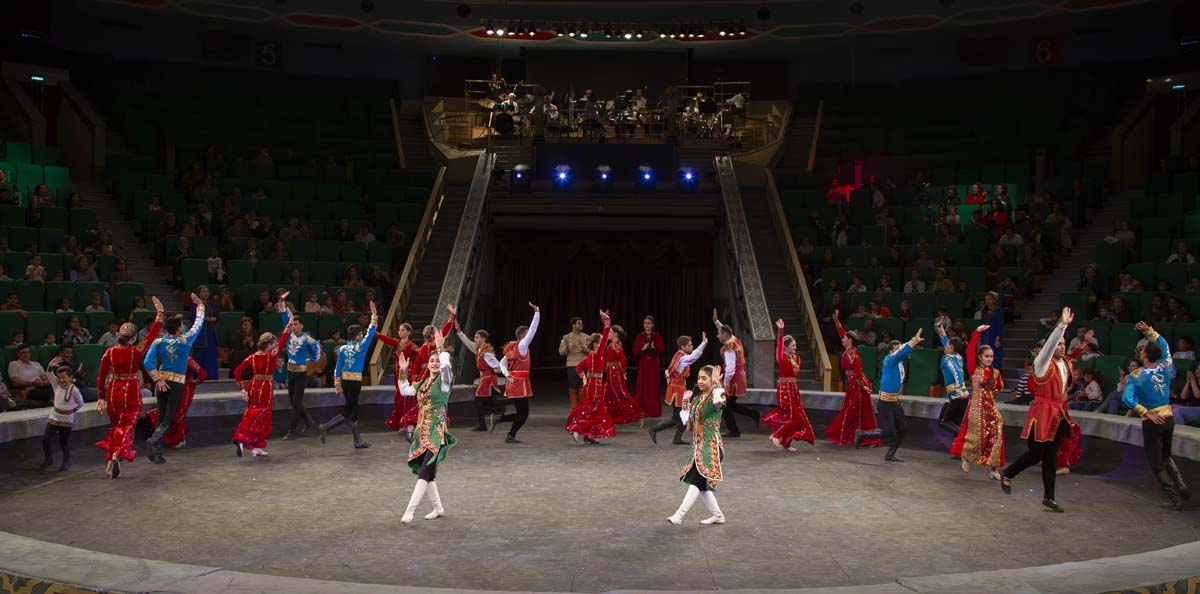Twenty previously unknown historical and cultural monuments identified in Mary Velayat have been listed on the National Register of Cultural Heritage Sites. They certainly pale in comparison with the monumental grandeur of the Mausoleum of Sultan Sanjar or the impressive walled Timurid-era city in the Merv oasis – Abdullakhan-kala. For the most part, these are either small, hardly noticeable hills or remains of mud-brick walls. Not easily detected when first glimpsed, they were discovered during regular archeological explorations carried out by research workers of the Ancient Merv Historical and Cultural Park.
The earliest of the newly-identified monuments date back to the Bronze Age that is they were built and used more than 4,000 years ago. Others date to later periods. Some are the remains of settlements, towns, temples, and necropolises. Finds made at the sites: fragments of pottery, household objects, and building materials prove their age.
The monuments were discovered during the most recent field surveys last autumn. Each of them has a registration certificate that provides in-depth information on it: a description, physical characteristics, photographs, and a location plan.
– The Mary Velayat Protected Sites List now includes some 400 monuments of different levels of significance, big and small, world-famous and those yet little explored, Director of the Ancient Merv Historical and Cultural Park Rejep Jepbarov said. – We have been working to identify monuments for many years. At first, we initially locate a site and determine its exact location coordinates in the field with the help of GPS devices. Then, we collect and prepare documents necessary to acknowledge the scientific and cultural importance of a site so that it could be approved by the Scientific-Methodological Council of the Ministry of Culture of Turkmenistan. Our specialists designate protected and buffer zones around each monument: areas immediately adjacent to it, where any activities that may endanger it are prohibited. Therefore, we conclude conservation agreements with local authorities and entrepreneurs who hold a lease of land. Along with a monument, it is important to preserve the surrounding landscape as well. Nothing should obstruct the view of the site. Our inspectors ensure that all work complies with accepted preservation standards.
According to specialists from Mary, thanks to the Law of Turkmenistan ‘On the Preservation of National Historical and Cultural Heritage Sites’, in recent years more than one hundred monuments have been protected in the area of old oases in the ancient Murgab River delta, which is a place of great historical and cultural significance. Hidden under the ground, they could have been turned into farmland or a construction site for modern facilities. Conserved and yet to be explored at some time in the future, these historical monuments will give future generations the chance to make startling discoveries and unearth significant finds.
Vladimir FROLOV






